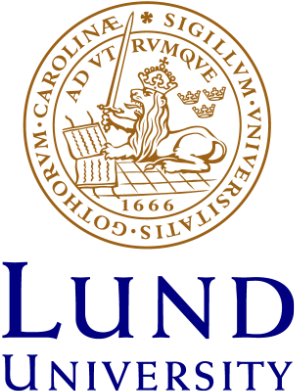Improving modified differential evolution for fuzzy clustering
Differential evolution is a real value encoded evolutionary algorithm for global optimization. It has gained popularity due to its simplicity and efficiency. Use of special kind of mutation and crossover operators differentiates it from other evolutionary algorithms. In recent times, it has been widely used in different fields of science and engineering. Among recently developed various variants o
